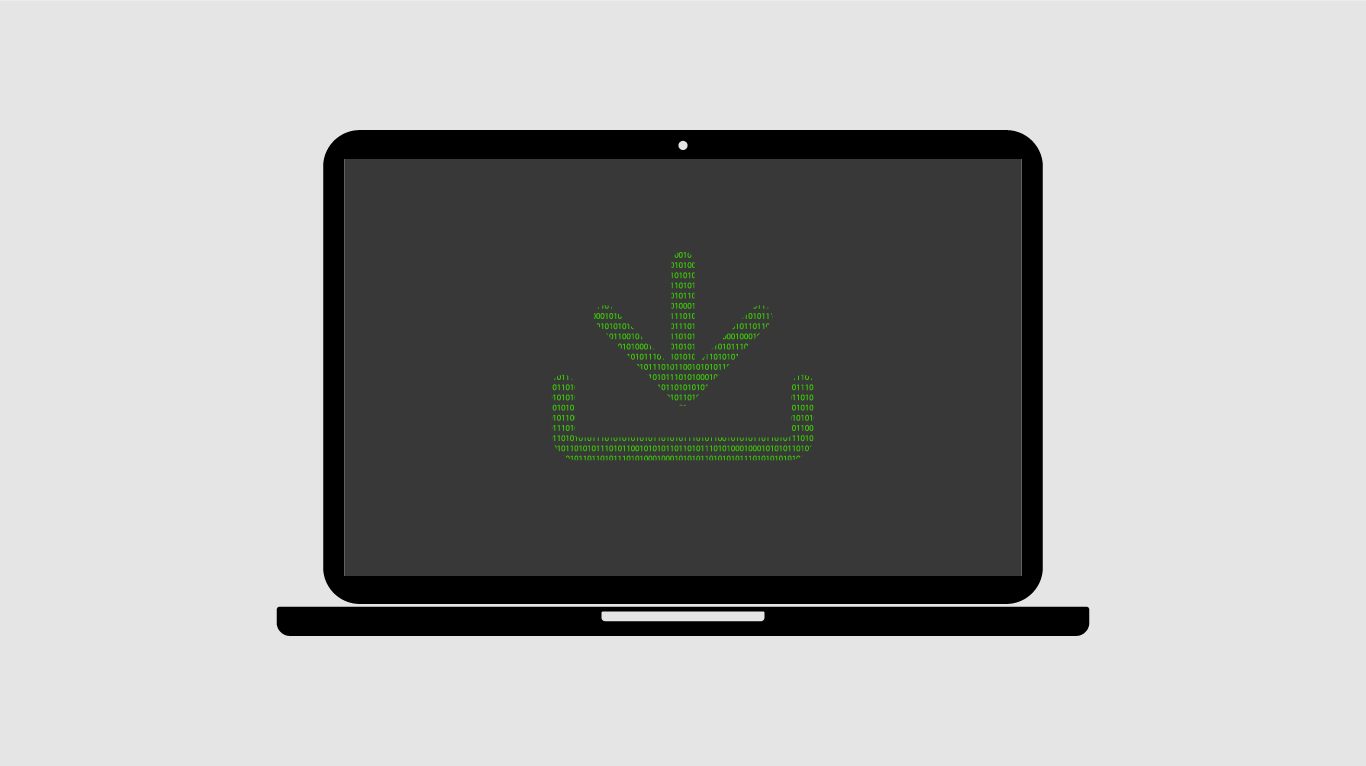The latest type of infections to be installed by drive-by download attacks have been ransomware. Ransomware can be incredibly destructive to a business, encrypting files and rendering them unusable until a “ransom” is paid to the malware creators. Fees have ranged from $20 to $30,000 or more. Imagine the difficulties your business could face if your important files and documents were suddenly no longer available to you.
These infections do not just come from clicking on an attachment in your email. Some are delivered by drive-by download attacks, where simply visiting a web site can install the malware. Sadly this is becoming very common and even websites you consider to be reputable may unknowingly be a catalyst for these attacks.
Most recently, sports and entertainment websites have been a primary source of these drive-by downloads. So how can you protect your business? Perhaps most importantly, you can encourage your employees to only visit sites that are necessary to completing work and those that are more likely to be secure.
Sports, news and entertainment sites with advertisements are much more likely to be a source of unwanted malware and should be avoided by employees using business computers. And of course, all employees should use caution when clicking on links and email attachments.
Les Olson Company‘s Managed IT Services team specializes in helping businesses secure their networks to minimize risk. Let us help you stay on top of constantly evolving security threats. Learn more by filling out our form below.




